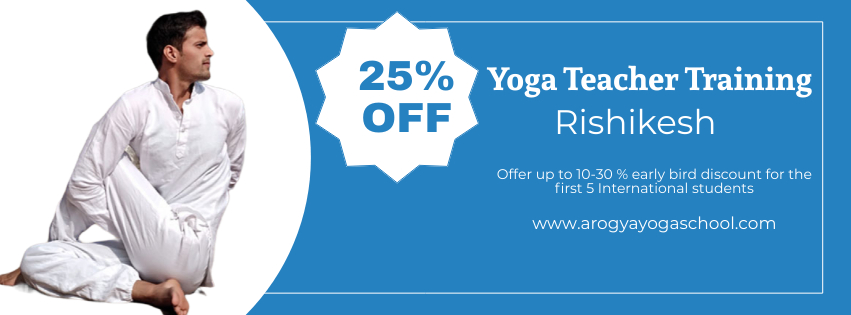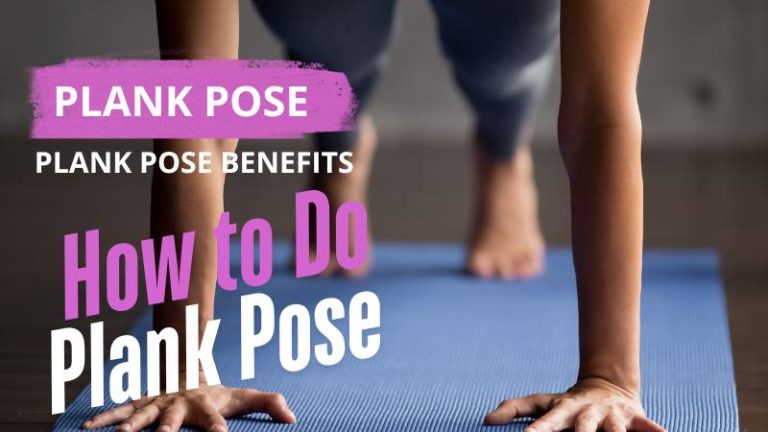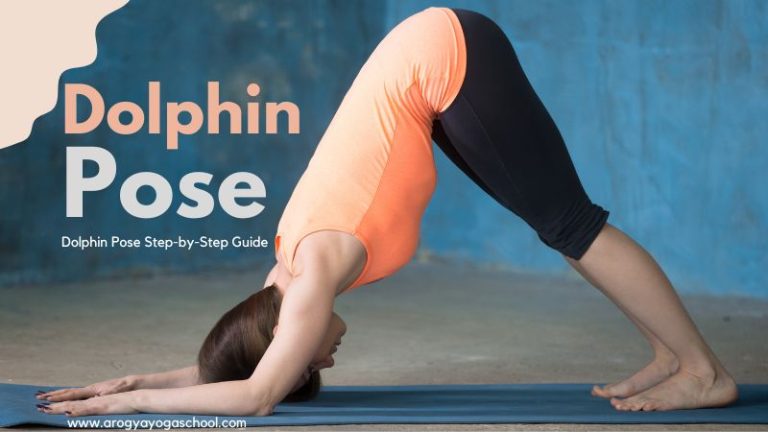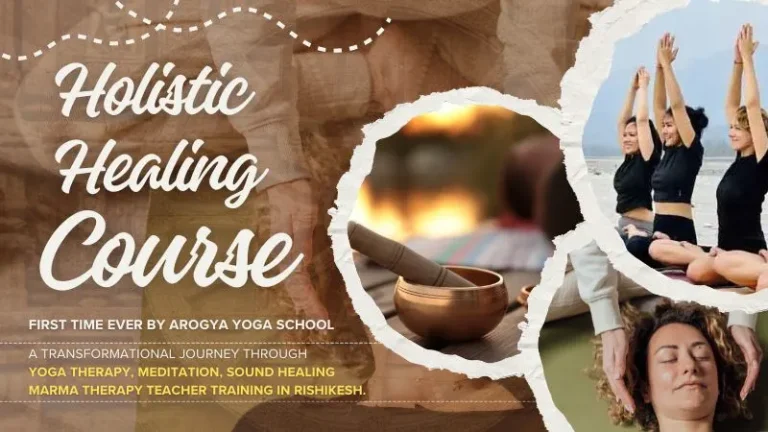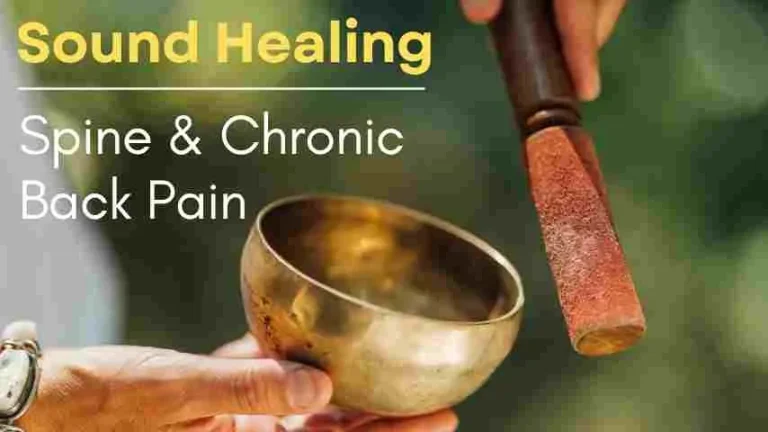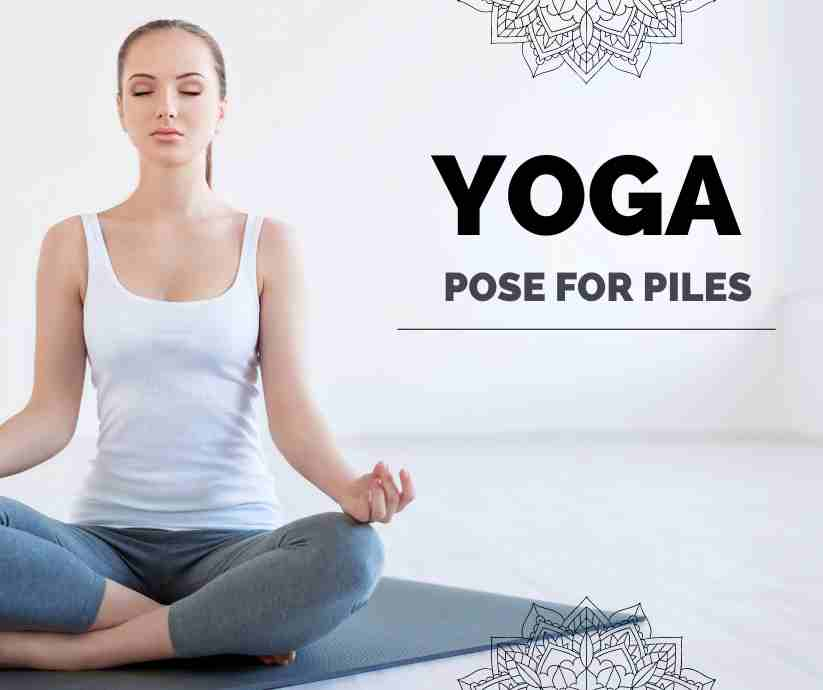
Yoga Pose for piles
yoga to cure piles, Yoga can help manage piles (hemorrhoids) and fissures. It improves blood flow, reduces stress, and promotes better digestion. Certain yoga poses can alleviate pressure in the rectal area, improve bowel movements, and reduce discomfort.
While there is no cure for piles, yoga may be helpful in relieving some of the symptoms associated with the condition. Here are a few yoga for piles and fissures that may be beneficial for people with piles:
1. Malasana Yoga asanas for piles(Garland Pose)
This pose helps digestion and eases constipation, making bowel movements easier. Squatting boosts blood flow to the pelvic area. Garland Pose exercises to relieve constipation.
2. Pavanamuktasana (Wind-Relieving Pose) Pose for piles
This pose helps relieve gas and bloating, reducing pressure in the rectal area. It also aids digestion and lowers strain.
3. Viparita Karani Pose for piles (Legs-Up-The-Wall Pose)
Viparita Karani best yoga to cure piles permanently. This pose improves blood circulation and reduces swelling around the anus. It promotes relaxation and lowers stress.
4. Balasana Pose for piles (Child’s Pose)
This pose eases tension in the lower back and pelvis. It encourages relaxation and reduces discomfort.
5. Bhujangasana Pose for piles (Cobra Pose)
This pose stimulates the abdominal organs and aids digestion. It also lowers pressure in the rectal area.
6. Moola Bandha (Root Lock)
This technique strengthens the pelvic floor muscles and improves blood circulation in the anal region.
7. Paschimottanasana yoga for hemorrhoids (Seated Forward Bend):
This pose can help to reduce swelling and inflammation in the anus and rectum. Paschimottanasana (Seated Forward Bend) best exercise for piles (hemorrhoids) as it improves digestion, reduces constipation, and increases blood circulation in the pelvic region.
8. Baddha Konasana yoga asanas to cure piles (Bound Angle Pose):
Bound Angle Pose exercise to cure piles permanently. it can help to improve circulation in the rectum and alleviate discomfort.
9. Setu Bandha Sarvangasana (Bridge Pose):
Pelvic floor exercises strengthen the muscles that support the bladder, bowel, and uterus. Kegel exercises involve contracting and relaxing these muscles to improve control and stability. This pose can help to strengthen the pelvic muscles, which can aid in the prevention of piles.
10. Ardha Matsyendrasana (Half Lord of the Fishes Pose):
This pose can help to improve circulation in the lower body and alleviate discomfort in the rectum. Ardha Matsyendrasana, or Half Lord of the Fishes Pose, helps digestion and eases constipation. It boosts blood flow in the pelvic area, exercise for piles and fissure. This twist detoxifies the body, makes bowel movements easier, and supports gut health.
11. Child’s Pose (balasana) for piles:
Child’s pose, or balasana in Sanskrit, is a calming yoga pose. Child’s pose yoga for piles treatment, also called hemorrhoids. Child’s pose can stretch and relax the muscles in your lower back, buttocks, and thighs. This may help ease some discomfort from piles.
12. Legs Up-the-Wall Pose (Viparita Karani) for piles:
Legs Up-the-Wall Pose, or Viparita Karani in Sanskrit, is a calming yoga pose. It can help people with piles, also called hemorrhoids. Legs Up-the-Wall Pose can help relax the muscles in your lower back, buttocks, and legs. This may ease some discomfort from piles.
13. Wind-Relieving Pose (Pawanmuktasana) for piles:
Wind-Relieving Pose, or Pawanmuktasana, is a yoga pose. It can help people with piles, also called hemorrhoids. The Wind-Relieving Pose can stretch and relax the muscles in your lower back, buttocks, and legs. This may help ease some discomfort from piles.
To practice Wind-Relieving Pose, start by lying on your back with your knees bent and your feet on the ground. Inhale as you lift your head off the ground and bring your right knee towards your chest. Interlace your fingers behind your left thigh and draw your left knee towards your chest, using your hands to apply gentle pressure. Hold the pose for a few breaths, then release your left leg and repeat on the other side.
Yoga mudra for piles
one mudra that may be beneficial for people with piles:
- Ashvini Mudra: This mudra involves contracting and releasing the muscles of the anus and perineum. To practice Ashvini Mudra, sit in a comfortable position with your feet flat on the ground. Place your hands on your thighs, palms down.
- Take a deep breath in and as you exhale, contract the muscles of your anus and perineum. Hold this contraction for a few seconds, then release. Repeat this contraction and release several times.
Tips for Practicing Yoga for Piles and Fissures:
- Avoid poses that put excessive pressure on the abdomen or rectal area.
- Focus on deep breathing to reduce stress and improve overall well-being.
- Combine yoga with a high-fiber diet and adequate hydration for better results.
Which is the best food for piles?
Eating a healthy diet rich in whole foods that are high in fiber can help alleviate the symptoms of hemorrhoids or piles.
- Increase your intake of fiber: fiber can help to prevent the development of piles. Good sources of fiber include whole grains, fruits, vegetables, beans, and legumes
- Pears: One medium pear contains almost 6 grams of fiber, which is 22 percent of your daily fiber need.
- Apple: apples have a significant amount of fiber. For example, a medium apple has about 5 grams of fiber. Also, part of this fiber is pectin, a soluble fiber that creates a gel-like consistency in the digestive tract . This will help soften and bulk up your stool, reduce straining, and help with discomfort associated with hemorrhoids.
- Bananas: bananas are an ideal food to incorporate into your diet to soothe hemorrhoid symptoms. A medium 7 to 8 inch (18 to 20 cm) banana provides 3 grams of fiber.
Frequently asked questions about piles:
What other lifestyle changes can I make to help with piles?
In addition to practicing yoga, there are a number of lifestyle changes you can make to help manage the discomfort associated with piles. These include:
- Eating a high-fiber diet to help prevent constipation
- Drinking plenty of water to help prevent constipation
- Exercising regularly to help improve circulation and prevent constipation
- Avoiding straining during bowel movements
- Using a stool softener or over-the-counter hemorrhoid cream, if recommended by a healthcare provider
- Avoiding prolonged sitting or standing
